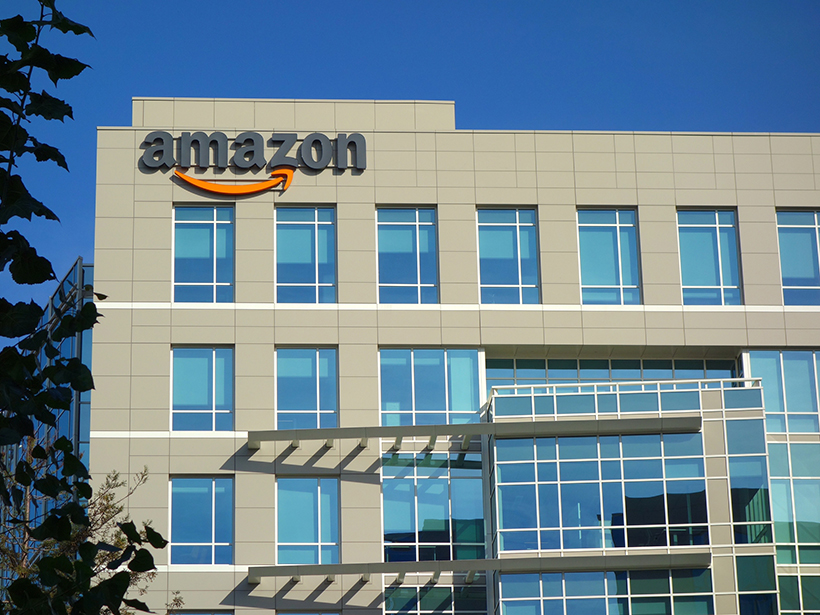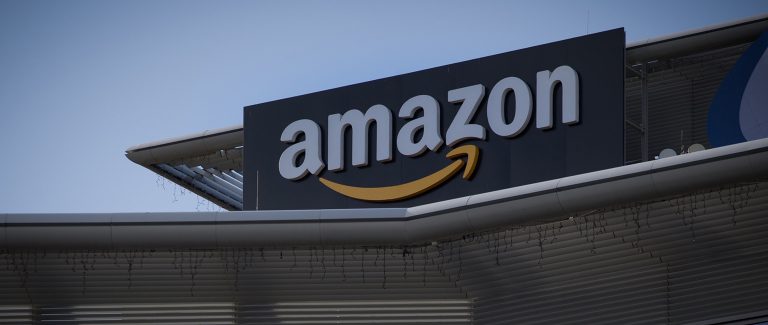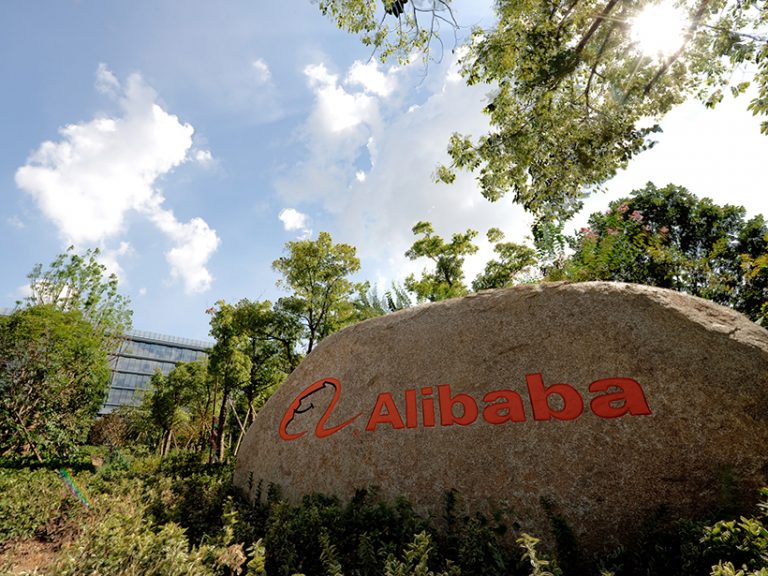Shopping centres brace for Amazon assault

Amazon’s imminent arrival on the Australian shopping scene comes amid a drop in retail trade in December, with a high number of store closures and challenging conditions for tenants.
Despite this, shopping centre investment remains robust and values continue to rise.
Is too much money chasing too few assets? Are the fundamentals still solid enough to support shopping centre demand from investors? And what impact will huge online retailers such as Amazon have on our market?
Any drop in sales isn’t good news for retailers or shopping centre owners. But as with all data, it is important to look at the detail. The drop in December was primarily off the back of declines in hardware sales — really the closure of Woolworths’ Masters chain. To clear stock, prices were heavily discounted, forcing an initial increase in sales followed by a sharp decline.
Commercial Insights: Subscribe to receive the latest news and updates
There are challenges, but there is still underlying stretch in our retail environment. For a long time, Australia wasn’t on the radar for international retailers. This changed in 2011 when a steady stream of international chains began to enter our market.
Zara, H&M and Topshop arrived, and this stream has become more pronounced over time, moving from fashion to homewares and even groceries. While great for consumers, it’s been tough for Australian retailers, which have been forced to become more nimble and competitive. The recent closures of Marcs, David Lawrence, Payless Shoes and Pumpkin Patch are all examples of this shift in the retail landscape.
Contrary to the ASOS package sitting in many Gen Ys’ mailboxes, we’re actually not a nation of online shoppers. We’re happy to get a bargain overseas when our dollar is strong, but the rate of online shopping is well below other countries and hasn’t shifted considerably for some time. The reason is no online retailer has been able to achieve significant market share in our single largest household expenditure item: groceries.

Alibaba has also launched an Australian office. Picture: Alibaba.
The potential impact of Amazon and China’s Alibaba is mostly unknown, and how they approach the market will determine what impact they have on shopping centres.
At present, Alibaba’s impact has been relatively benign to shopping centre owners, and has been a positive for many domestic retailers by giving them a platform to sell overseas.
Amazon may be a game-changer, although its impact will depend on what it plans to sell in Australia. Homewares and fashion are likely to be targeted and the price point at which Amazon sees the most demand is likely to impact subregional centres the most.
Contrary to the ASOS package sitting in many Gen Ys’ mailboxes, we’re actually not a nation of online shoppers
The real impact will come if it is successful in getting Australians to change their grocery shopping habits. A shift to online would impact our supermarket chains – key anchors for most shopping centres.
Strict planning controls for shopping centres are one reason they remain a popular investment — terms such as “fortress-style investment” are testament to this.
Importantly, Australia’s population continues to grow, the ultimate driver of retail sales. Shopping centres, particularly large regional centres, are now entertainment and social destinations as well as places to buy, helping maintain a steady stream of customers.
Fluctuations in trade and closures are having limited impact, but online shopping giants such as Amazon pose a big threat. If Amazon and others can crack the high-volume grocery category in Australia, they may well break down the gate of the once impenetrable shopping centre fortress.
– Nerida Conisbee is chief economist at REA Group.
This article originally appeared on www.theaustralian.com.au/property.






